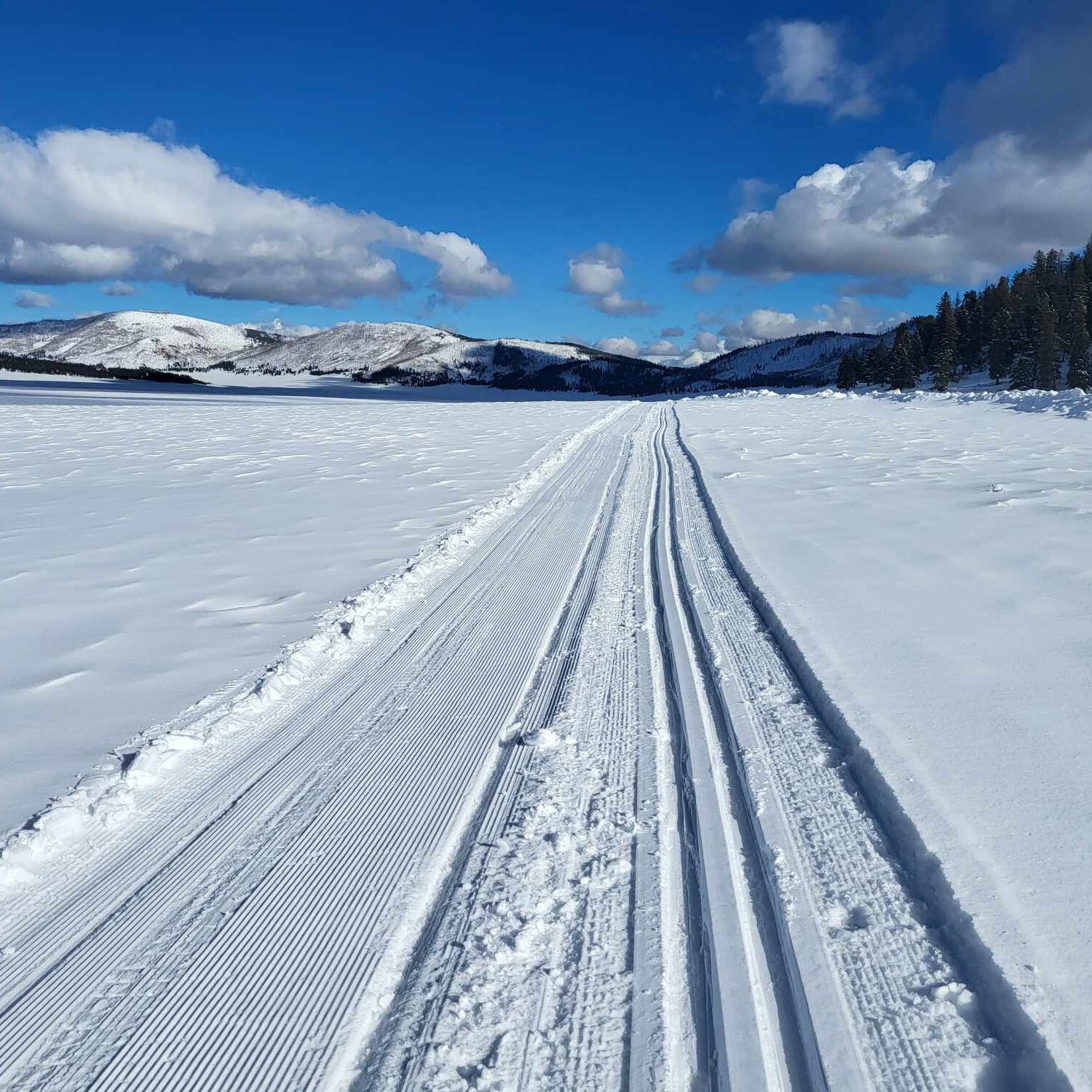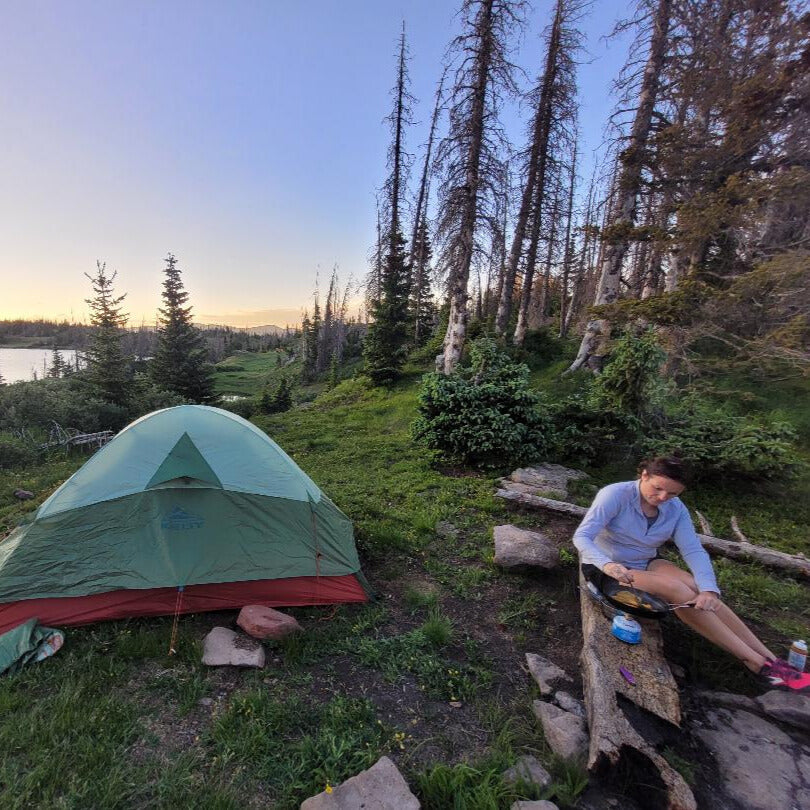Your Cart is Empty
accepting gear drop offs Mon-Sat 10am-5pm. No Consignment acceptance on Sundays.
accepting gear drop offs Mon-Sat 10am-5pm. No Consignment acceptance on Sundays.

Here at Durango Outdoor Exchange we see just about everything outdoors and even some items not made for the outdoors! In this post we want to highlight some of those not-traditionally outdoorsy items that we have come to consider integral to any outing.
Zip ties: Did you know that you can fix anything with enough zip ties? Well, maybe not anything but you sure can fix a lot. We carry these things just about everywhere for in field fixes from bike repairs to zipper pulls.
Crocs: These legendary and wildly stylish shoes just so happen to be great for camping and backpacking. Crocs are comfy, light weight and can get wet which makes them a very practical camp shoe. You can wear them casually, with the strap pulled forward, or in “adventure mode” with the strap secured behind your heel for a quick jaunt near camp.

New Skin: If you haven’t seen or heard of New Skin before, it's a hard drying liquid bandage ideal for sealing off hard to cover cuts. It essentially acts as an antiseptic super glue and we swear by it. As many people who regularly travel outdoors know, it’s a good idea to bring a first aid kit on any outing and this little vial of liquid gold should be the first addition to any basic first aid kit. We love it so much we carry it at the shop for$5.99.

Glitter: We don’t feel like we need to say much about this one. Packs small, is lightweight and dramatically increases morale in all outdoor settings. Of course, we encourage everyone to splurge on biodegradable glitter to avoid putting micro plastics in our natural spaces. It should be noted that tutu’s and other costumes have a similar effect to glitter when it comes to boosting morale but glitter wins as far as “packability” is concerned.

Thanksgiving is almost here–and skiing this early is always a gamble. Here are some non-skiing warm(er) weather destination ideas for the long break.

Just a couple hours from Durango, Valles Caldera is a great cross-country skiing destination, with surprisingly good snow and very few visitors.
Valles Caldera National Preserve is a popular hiking destination in the summer and a surprisingly great skiing destination in the winter.

When spending one night (or many) in the backcountry, a warm dinner at night and hot beverage in the morning can make the difference. That invariably involves using a stove of some sort–but which one?
Stove technology has been around for decades, but new tech is making them lighter, more efficient, and more dependable than ever before. Here’s a rundown of the different kinds of backpacking stoves: